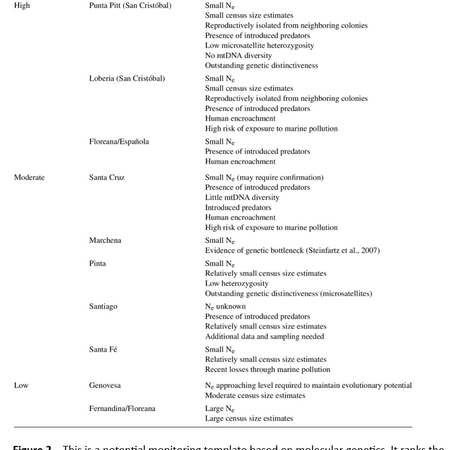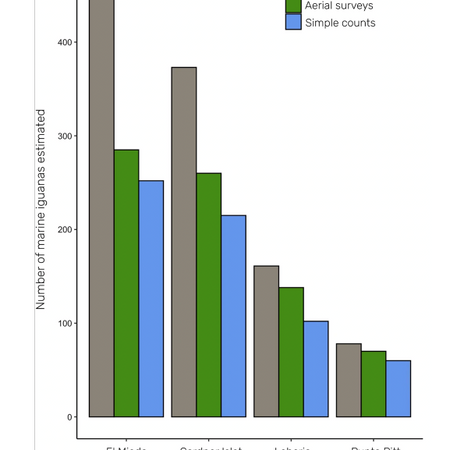
Conservation of marine iguanas
17/10/24, 11:41
Last updated:
06/01/24, 10:40
Published:
They are on the IUCN red list as 'vulnerable'
The marine iguana (Amblyrhynchus cristatus), also known as the sea iguana, is a unique species. It is the world’s only ocean- going lizard. Their main food source is algae; large males can dive to forage for this source, while females feed during low tide.
They can be found on rocky shorelines, but also on marshes, mangrove swamps and
beaches of the Galapagos. Their range is limited to the Galapagos islands, so they are an
isolated species. Currently, they are on the IUCN red list as ‘vulnerable’ with a current population estimated at 200,000, and conservation efforts are needed to stabilise populations.
Key threats
There are three key threats to iguana populations. The first is invasive species; animals such as pigs, dogs and cats feed on young hatchlings and iguana eggs, which reduces the long-term survival rate of the species. Marine iguanas have not yet developed defence strategies against these predators. Even humans introduce pathogens to the islands that pose a threat to the species, because of their isolated habitat, the marine iguana lacks immunity to many pathogens and so has a higher risk of contracting diseases. Climate change is another key threat. El Niño is a weather event that prevents cold, nutrient-rich waters, that the marine wildlife depends on, from reaching the Eastern Tropical Pacific. This depletes algae populations, and this food drop drastically reduces iguana populations (Figure 1). With global warming, El Niño events are expected to be more prominent and more frequent. In addition, pollution from humans like oil spills and microplastics are damaging their habitat.
Current and future conservation methods
Under the laws of Ecuador, marine iguanas are completely protected. Their land range is in
the Galapagos National Park, and their sea range is within the Galapagos Marine Reserve. They are also listed on the CITES, which ensures monitoring the trade of endangered
animals to inhibit damage to their numbers. Sanctuaries are also in place to mitigate against extinction, but their specialised diet is challenging.
So, what does the future hold for marine iguanas? The biggest challenge is the distribution of the species. The population is scattered across the different islands of the Galapagos as such, there are at least 11 subspecies. This brings more complications
to marine iguana conservation. As these subspecies specialise, it becomes less likely they
will breed, thus more difficult to maintain the species population.
Introducing education and awareness programmes will better equip us to the dangers faced by marine iguanas and could be a tourism idea for the Galapagos. This species is one of a kind, which is why it is so important for them to be protected.There should be a monitoring scheme, as suggested by MacLeod and Steinfartz, 2016 (Figure 2), but the location of these subspecies makes it difficult to monitor them. However, there was a recent study using drone-based methods which showed promising results (Figure 3). The overarching question remains: do we continue to conserve the current population in the Galapagos, or should we relocate the species to a less endangered habitat.
Written by Antonio Rodrigues
Related articles: Conservation of Galapagos Tortoises / 55 years of vicuna conservation
Project Gallery




